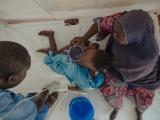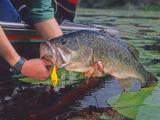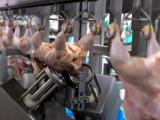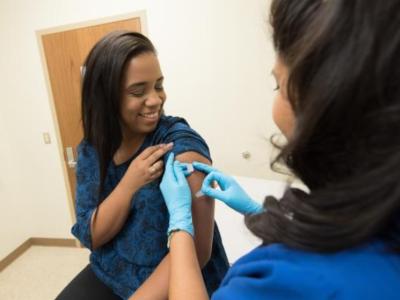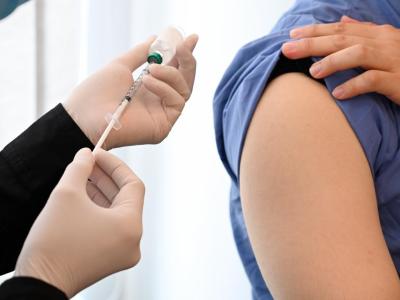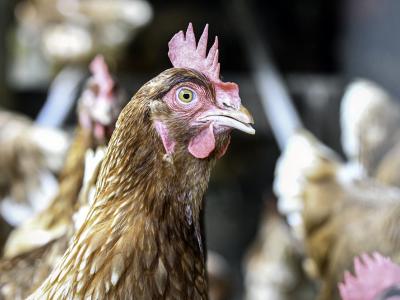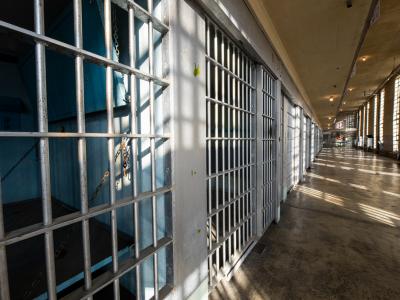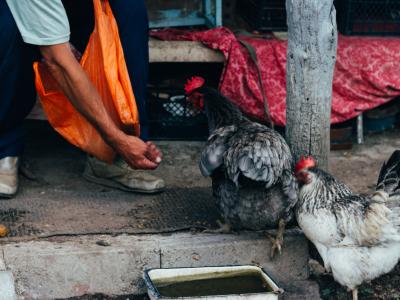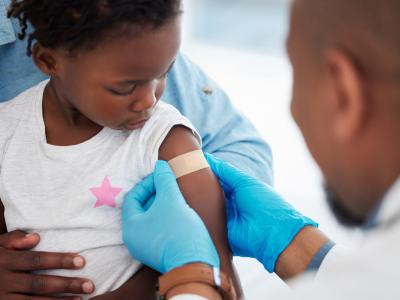Eating contaminated meat and poultry accounts for 40% of all foodborne illnesses reported in the United States each year. Medical costs alone for these illnesses reach $2.5 billion for poultry, $1.9 billion for pork, and $1.4 billion for beef annually, with billions more lost in recalls and government interventions.
To help address this costly problem, Pew Charitable Trusts yesterday published a report titled, "Food Safety from Farm to Fork," that identifies the key pre-harvest steps farmers and other workers can take to curb bacterial contamination of animal products.
Three broad recommendations
Karin Hoelzer, DVM, PhD, a senior officer for the Pew's safe food project, said that Pew made three recommendation to farmers and stakeholders, the first of which is emphasizing the use of prebiotics and probiotics in animals before slaughter. These organic compounds, including certain sugars and beneficial bacteria inhibit pathogens from attacking the intestinal tract of animals.
"This is a safe intervention that can be helpful to both limit antibiotic use and promote food safety," said Hoelzer in an interview. Hoelzer said that while initial studies on the use of pre- and probiotics have been done on relatively small research operations, there's a huge opportunity for commercial operations to create public-private partnerships that could study these interventions in greater depth.
The other two recommendations focus on anti-pathogenic strategies, including vaccines and veterinary drugs, and on exposure-reduction strategies, which include biosecurity and the management of flocks and herds from illness.
All three recommendations depend on what animal is being targeted and which bacteria are causing illness, the authors said. For instance, pre- and probiotics may reduce Salmonella in poultry, while vaccines can protect cattle from Escherichia coli. Thus, there are no blanket recommendations that can be made for all agricultural operations, the report says.
"With the exception of biosecurity and feed and water safety, no single pre-harvest intervention is currently effective and feasible for all animal species, pathogens, and production systems," the authors concluded. "Interventions must be tailored to the targeted animal species, pathogen, and production system, and applied at the most effective time and in the best manner for the given situation, be that immediately before slaughter or before the animal is even born."
Scandinavia models pre-harvest protocols
The Pew report ends with a survey of how other countries have targeted pre-harvest protocols as a way to curb foodborne illnesses. Both Sweden and Finland have adopted aggressive measures, including heating poultry feed to high temperatures to kill bacteria, that have significantly reduced Salmonella and Campylobacter.
Denmark has aggressive biosecurity practices, which include extensive cleaning after the culling of a bird flock, and a farm resting period of 10 to 14 days before a new flock is introduced. These measures have reduced Salmonella infections in the population from 1994 to 2005 by up to 600,000 and prevented an estimated 600 deaths, the report states.
See also:
Jul 17 Pew report
Jul 17 Pew press release




